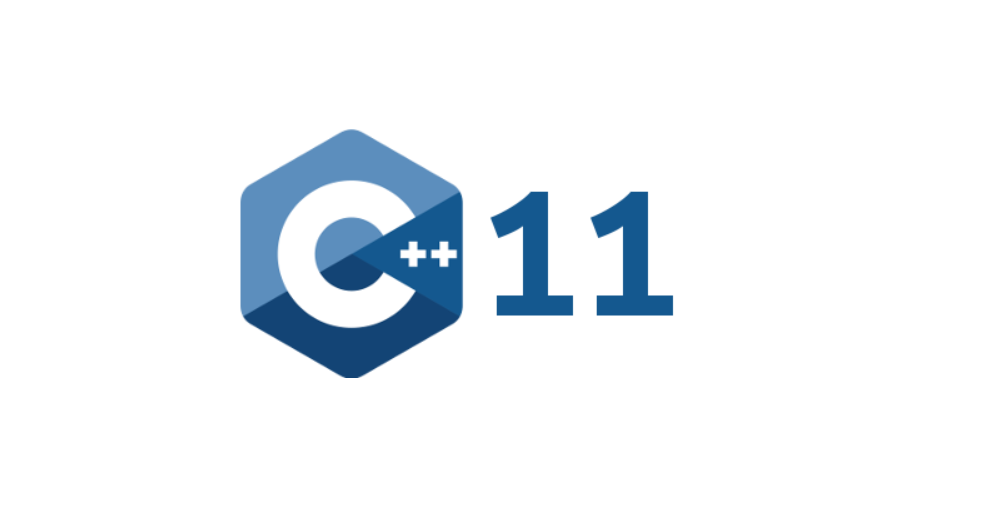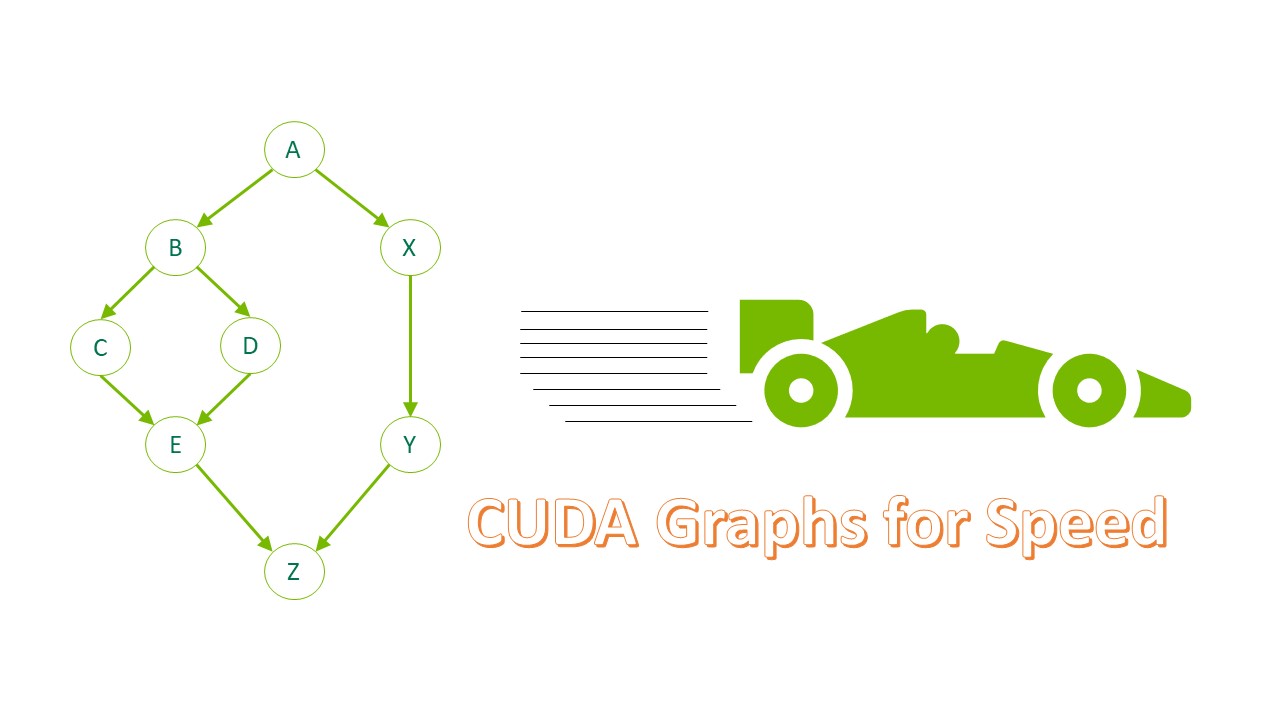C++11:智能指针
shared_ptr(有代码存疑)
shared_ptr使用了引用计数,每一个shared_ptr的拷贝都指向相同的内存,每次拷贝都会触发引用计数+1,每次生命周期结束析构的时候引用计数-1,在最后一个shared_ptr析构的时候,内存才会释放。
使用方法:
1 | struct ClassWrapper { |
智能指针还可以自定义删除器,在引用计数为0的时候自动调用删除器来释放对象的内存,代码如下:
1 | // 这块有点没看懂... |
通过shared_from_this()返回this指针,不要把this指针作为shared_ptr返回出来,因为this指针本质就是裸指针,通过this返回可能 会导致重复析构,不能把this指针交给智能指针管理。
1 | class A { |
注意避免循环引用,可能导致内存永远不会释放,造成内存泄漏:
1 | using namespace std; |
aptr和bptr的引用计数为2,离开作用域后aptr和bptr的引用计数-1,但是永远不会为0,导致指针永远不会析构,产生了内存泄漏,如何解决这种问题呢,答案是使用weak_ptr。
weak_ptr
weak_ptr本身也是一个模板类,但是不能直接用它来定义一个智能指针的对象,只能配合shared_ptr来使用,可以将shared_ptr的对象赋值给weak_ptr,并且这样并不会改变引用计数的值。查看weak_ptr的代码时发现,它主要有lock、swap、reset、expired、operator=、use_count几个函数,与shared_ptr相比多了lock、expired函数,但是却少了get函数,甚至连operator* 和 operator->都没有,可用的函数数量少的可怜,下面通过一些例子来了解一下weak_ptr的具体用法。
-
weak_ptr解决shared_ptr循环引用的问题
定义两个类,每个类中又包含一个指向对方类型的智能指针作为成员变量,然后创建对象,设置完成后查看引用计数后退出,看一下测试结果:1
2
3
4
5
6
7
8
9
10
11
12
13
14
15
16
17
18
19
20
21
22
23
24
25
26
27
28
29
30
31
32
33
34
35
36
37
38
39
40
41
42
43
44
45
46
47
48
49
50class CB;
class CA
{
public:
CA() { cout << "CA() called! " << endl; }
~CA() { cout << "~CA() called! " << endl; }
void set_ptr(shared_ptr<CB>& ptr) { m_ptr_b = ptr; }
void b_use_count() { cout << "b use count : " << m_ptr_b.use_count() << endl; }
void show() { cout << "this is class CA!" << endl; }
private:
shared_ptr<CB> m_ptr_b;
};
class CB
{
public:
CB() { cout << "CB() called! " << endl; }
~CB() { cout << "~CB() called! " << endl; }
void set_ptr(shared_ptr<CA>& ptr) { m_ptr_a = ptr; }
void a_use_count() { cout << "a use count : " << m_ptr_a.use_count() << endl; }
void show() { cout << "this is class CB!" << endl; }
private:
shared_ptr<CA> m_ptr_a;
};
void test_refer_to_each_other()
{
shared_ptr<CA> ptr_a(new CA());
shared_ptr<CB> ptr_b(new CB());
cout << "a use count : " << ptr_a.use_count() << endl;
cout << "b use count : " << ptr_b.use_count() << endl;
ptr_a->set_ptr(ptr_b);
ptr_b->set_ptr(ptr_a);
cout << "a use count : " << ptr_a.use_count() << endl;
cout << "b use count : " << ptr_b.use_count() << endl;
}
/*
测试结果:
CA() called!
CB() called!
a use count : 1
b use count : 1
a use count : 2
b use count : 2
*/通过结果可以看到,最后CA和CB的对象并没有被析构,其中的引用效果如下图所示,起初定义完ptr_a和ptr_b时,只有①③两条引用,然后调用函数set_ptr后又增加了②④两条引用,当test_refer_to_each_other这个函数返回时,对象ptr_a和ptr_b被销毁,也就是①③两条引用会被断开,但是②④两条引用依然存在,每一个的引用计数都不为0,结果就导致其指向的内部对象无法析构,造成内存泄漏。

解决这种状况的办法就是将两个类中的一个成员变量改为
weak_ptr对象,因为weak_ptr不会增加引用计数,使得引用形不成环,最后就可以正常的释放内部的对象,不会造成内存泄漏,比如将CB中的成员变量改为weak_ptr对象,代码如下:1
2
3
4
5
6
7
8
9
10
11
12
13
14
15
16
17
18
19
20
21
22
23class CB
{
public:
CB() { cout << "CB() called! " << endl; }
~CB() { cout << "~CB() called! " << endl; }
void set_ptr(shared_ptr<CA>& ptr) { m_ptr_a = ptr; }
void a_use_count() { cout << "a use count : " << m_ptr_a.use_count() << endl; }
void show() { cout << "this is class CB!" << endl; }
private:
weak_ptr<CA> m_ptr_a;
};
/*
测试结果:
CA() called!
CB() called!
a use count : 1
b use count : 1
a use count : 1
b use count : 2
~CA() called!
~CB() called!
*/
-
weak_ptr常用函数
weak_ptr中只有函数lock和expired两个函数比较重要,因为它本身不会增加引用计数,所以它指向的对象可能在它用的时候已经被释放了,所以在用之前需要使用expired函数来检测是否过期,然后使用lock函数来获取其对应的shared_ptr对象,然后进行后续操作:1
2
3
4
5
6
7
8
9
10
11
12
13
14
15
16
17
18
19
20
21
22
23
24
25
26
27
28
29
30
31
32
33
34
35
36
37
38
39
40
41
42
43
44
45
46
47void test2()
{
shared_ptr<CA> ptr_a(new CA()); // 输出:CA() called!
shared_ptr<CB> ptr_b(new CB()); // 输出:CB() called!
cout << "ptr_a use count : " << ptr_a.use_count() << endl; // 输出:ptr_a use count : 1
cout << "ptr_b use count : " << ptr_b.use_count() << endl; // 输出:ptr_b use count : 1
weak_ptr<CA> wk_ptr_a = ptr_a;
weak_ptr<CB> wk_ptr_b = ptr_b;
if (!wk_ptr_a.expired())
{
wk_ptr_a.lock()->show(); // 输出:this is class CA!
}
if (!wk_ptr_b.expired())
{
wk_ptr_b.lock()->show(); // 输出:this is class CB!
}
// 编译错误
// 编译必须作用于相同的指针类型之间
// wk_ptr_a.swap(wk_ptr_b); // 调用交换函数
wk_ptr_b.reset(); // 将wk_ptr_b的指向清空
if (wk_ptr_b.expired())
{
cout << "wk_ptr_b is invalid" << endl; // 输出:wk_ptr_b is invalid 说明改指针已经无效
}
wk_ptr_b = ptr_b;
if (!wk_ptr_b.expired())
{
wk_ptr_b.lock()->show(); // 输出:this is class CB! 调用赋值操作后,wk_ptr_b恢复有效
}
// 编译错误
// 编译必须作用于相同的指针类型之间
// wk_ptr_b = wk_ptr_a;
// 最后输出的引用计数还是1,说明之前使用weak_ptr类型赋值,不会影响引用计数
cout << "ptr_a use count : " << ptr_a.use_count() << endl; // 输出:ptr_a use count : 1
cout << "ptr_b use count : " << ptr_b.use_count() << endl; // 输出:ptr_b use count : 1
} -
总结
- weak_ptr虽然是一个模板类,但是不能用来直接定义指向原始指针的对象。
- weak_ptr接受shared_ptr类型的变量赋值,但是反过来是行不通的,需要使用lock函数。
- weak_ptr设计之初就是为了服务于shared_ptr的,所以不增加引用计数就是它的核心功能。
- 由于不知道什么之后weak_ptr所指向的对象就会被析构掉,所以使用之前请先使用expired函数检测一下
unique_ptr
auto_ptr本身是一个模板类,那么一般情况下直接用它来定义一个智能指针的对象。不过在当前不建议使用。
operator=也就是赋值运算符,是智能指针auto_ptr最具争议的一个方法,或者说一种特性,它的种种限制完全来自于这个赋值操作,作为面向的对象中的一部分,如果把一个对象赋值给另一个对象,那么两个对象就是完全一样的,但是这一点却在auto_ptr上打破了,智能指针auto_ptr的赋值,只是移交了所有权,将内部对象的控制所有权从等号的右侧转移到左侧,等号右侧的智能指针丧失对原有内部对象的控制,如果右侧的对象不检测内部对象的有效性,就会造成程序崩溃,测试如下:
1 | void test5() |
测试auto_ptr作为参数,这是常常容易出错的情况,原因还是operator=的操作引起的,因为auto_ptr的赋值会转移控制权,所以你把auto_ptr的对象作为参数传递给一个函数的时候,后面再使用这个对象就会直接崩溃。
unique_ptr与auto_ptr是最像的,他设计之初就是为了替代auto_ptr,其实两者基本上没有区别,如果把auto_ptr限制一下,使其不能通过拷贝构造和赋值获得所有权,但是可以通过std::move()函数获得所有权,那基本上就变成了unique_pr,这一点通过下面的函数分析也可以看出,两者的函数基本一致。
unique_ptr作为一个模板类,可以直接用它来定义一个智能指针的对象,例如std::unique_pr<Test> pa(new Test);,查看unique_ptr的代码时发现,它主要有get、release、reset、operator*、operator->、operator=、swap、operator bool、get_deleter几个函数,相比于auto_ptr常用函数来说,只多了swap、operator bool、get_deleter这三个函数,基本上没什么变化。
总结
- 对比auto_ptr和unique_ptr后发现,unique_ptr几乎只是将auto_ptr的operator=改为std::move()函数。
- 现在标准库中只剩下了shared_ptr、weak_ptr和unique_ptr三个智能指针,weak_ptr是为了解决shared_ptr的循环引用问题而存在的,有其特定的使用情况,所以只剩下了shared_ptr和unique_ptr的选择,选择的标准就是看是否需要对原对象共享所有权,如果需要使用shared_ptr,如果不需要是独占所有权的使用unique_ptr。
- unique_ptr并没有从根本上消除可能错误,仅仅是提高了犯错的成本,并且给出移动所有权的提示,但是在容器vector元素赋值时依然很隐晦,可能造成auto_ptr相同的错误。








